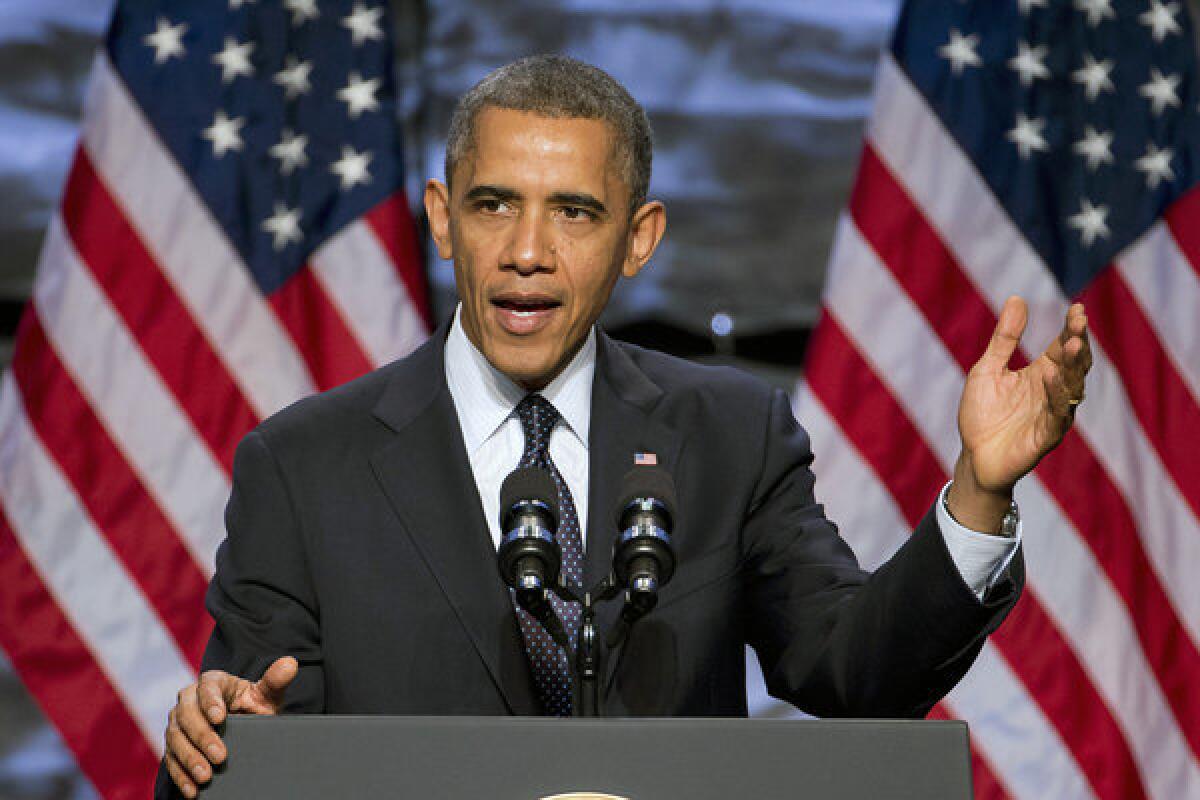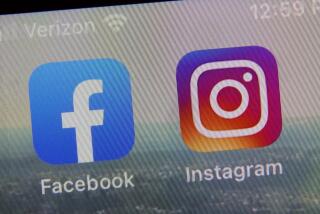Obama data, ad team alliances offer glimpse of future political ads

A partnership announced Thursday between the data analyzers who found Americans who might be persuaded to vote for President Obama and the ad creators who successfully pushed them to the polls provides a glimpse of the future of political advertising.
The partnership of GMMB, Obama’s chief ad creator and buyer, and Civis Analytics, a firm formed by the head of the campaign’s data analysis operation, puts in place two elements that the Obama campaign used to great effect to propel him to an easy reelection despite a still-sputtering economy in 2012. It is the second such alliance to form since the campaign’s end; the other, Analytics Media Group, was created by other senior members of the advertising and data teams.
Television is still the biggest weapon for political or commercial advertisers, even if this is no longer a world where buying time on the evening news or popular network programs can catch all the voters a candidate wants to catch. But technology has leapfrogged that cultural change, to the candidates’ benefit.
Put simply, the analytics team mined all forms of data in search of voters who are, because of the fragmented media world, increasingly hard to reach otherwise. It learned who influenced them — whether that was Facebook friends or volunteers on a doorstep. All of it was cobbled together with traditional demographic information — age, gender, political party, voting history, and other data points — to give the campaign a portrait of the voter.
A key element as far as television advertising went was merging that information with voters’ viewing habits, gleaned from information from cable set-top boxes. (Campaign officials insist that although they knew all about the prospective voters, they remained anonymous because of privacy concerns.)
The knowledge translated into advertising decisions: A habit of some voters to watch obscure television shows at 2 a.m. would lead the campaign to place ads on those shows, which were cheaper for Obama’s effort to purchase than the more expensive mainstream shows bought by Mitt Romney’s campaign. (Republicans, whose data mining and voter persuasion efforts were not as successful in 2012, are mounting a catch-up effort they hope will take hold before the open 2016 race.)
While campaign advertisers once went for shows with a requisite number of viewers, “now we’re flipping that on its head and trying to focus at the individual level, where we are able to identify at the individual level our targets and what they care about, where are they going to get their content,” said Jim Margolis, a GMMB partner and the Obama campaign’s senior ad strategist.
“We were actually delivering content in lots of different ways relevant to the individual, to persuade them or turn them out.”
Dan Wagner, the campaign’s chief analytics officer and Civis’ founder, noted how information gathering has changed. “On the demand side, you have people sitting down with their iPad in their laps, the TV in their face and an iPhone in their pocket.… Any time you are irrelevant, they just click away.”
A minor advertising element in 2012 -- sending individualized ads to voters based on information gleaned from analytics -- is likely to grow exponentially in future campaigns. The premise is this: Why spend ad dollars on voters who are firmly in the opposition camp or, for that matter, just as firmly committed to your candidate?
“That’s going to begin to really take off, and we’re going to see more and more and more ads that attempt again to increase in relevance,” Margolis said, noting that the same can be said for commercial clients. “If you’re an insurance company and you want to sell apartment insurance, you don’t care about homeowners — you want apartments. Similarly, if you’re already a motivated voter for our candidate, we probably don’t want to spend a whole lot of money on persuasion.”
That alternative advertising tool, the Internet, also will play an increasing role in the future. Margolis estimated that if the last campaign was 85% television ads to 15% Internet, the next may be 80% television to 20% Internet. “That’s a pretty significant jump in a couple of years,” he said.
Twitter: @cathleendecker
More to Read
Sign up for Essential California
The most important California stories and recommendations in your inbox every morning.
You may occasionally receive promotional content from the Los Angeles Times.











